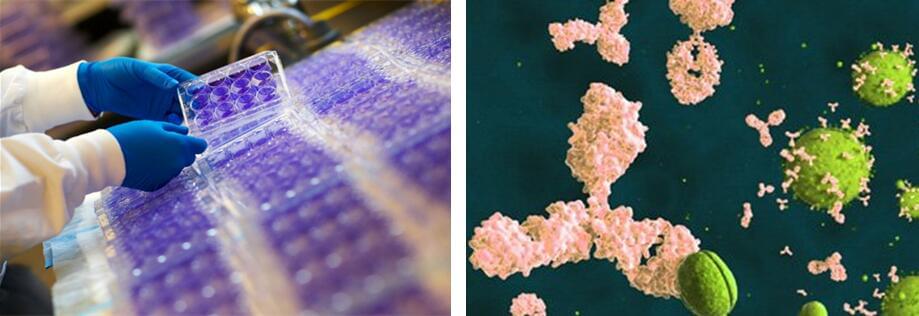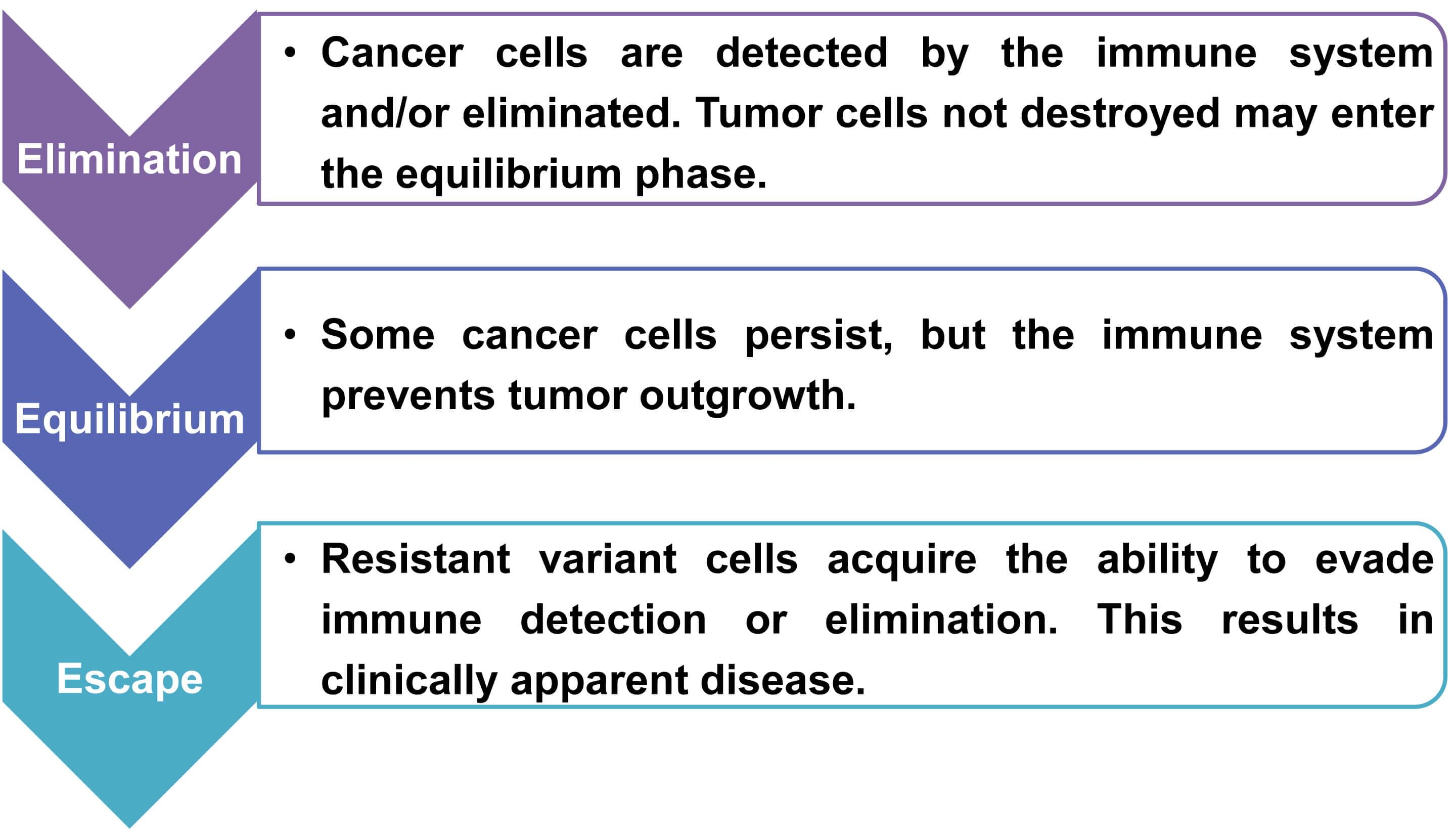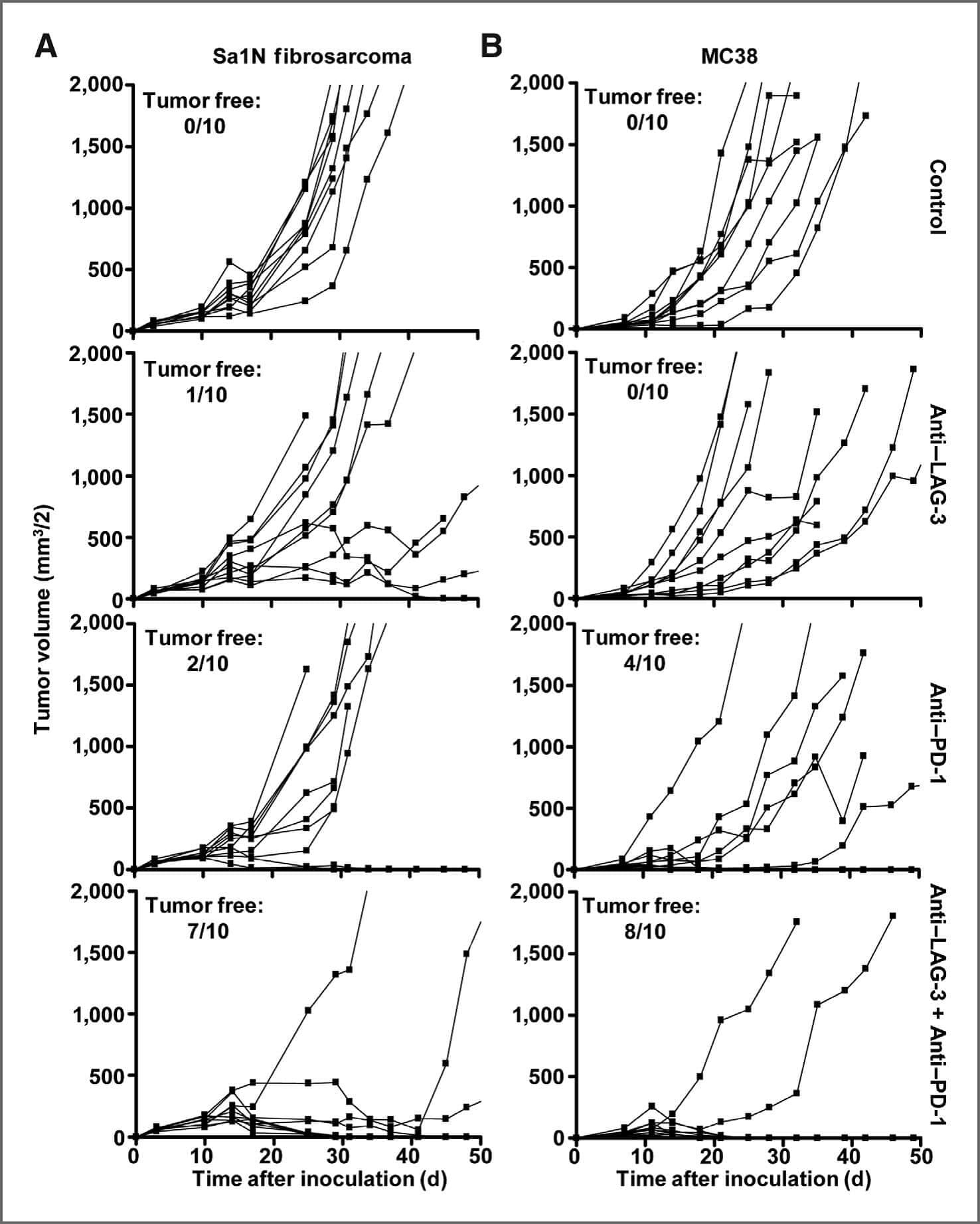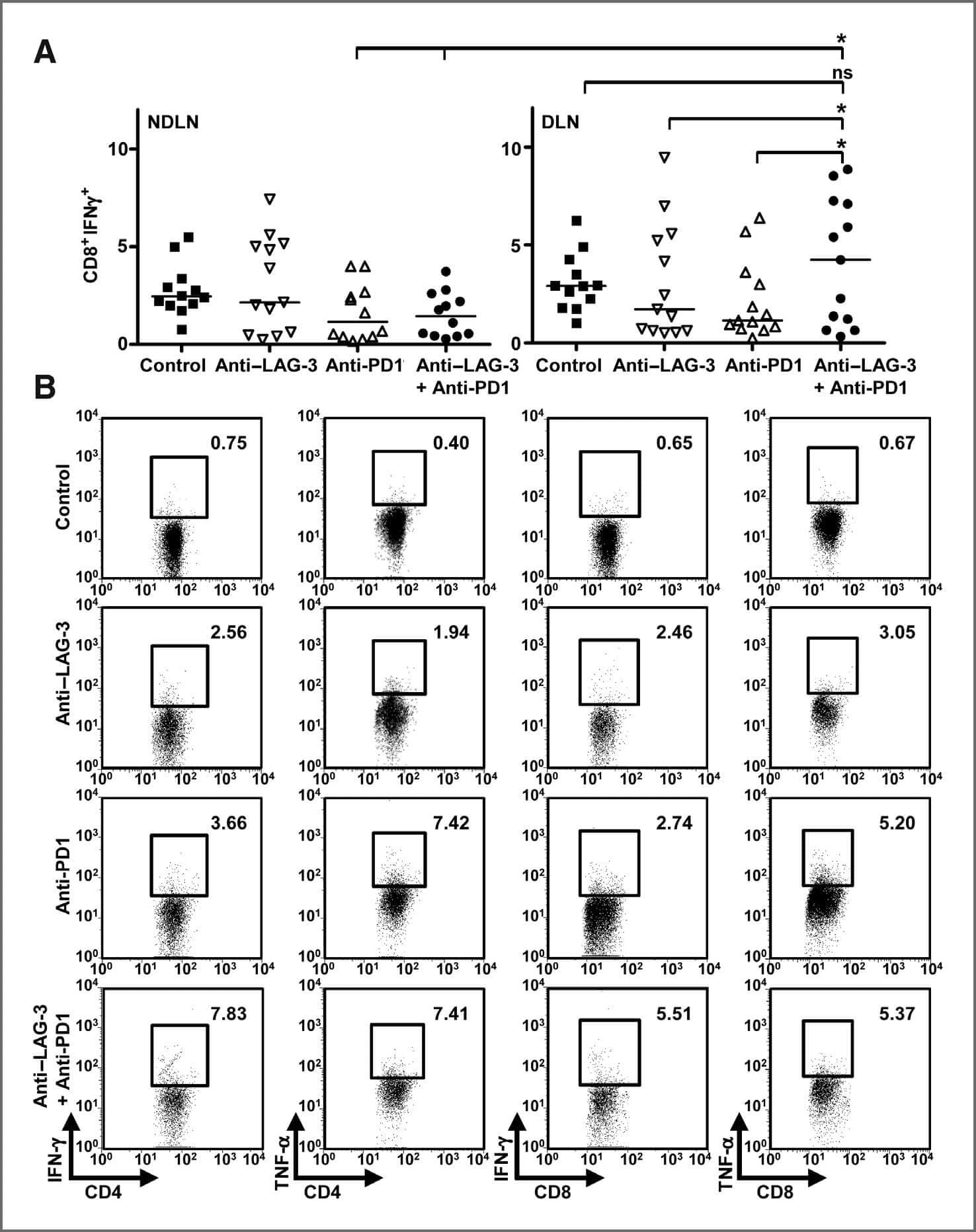- You are here: Home
- Applications
- Oncology
- Translational Oncology
- Immuno-Oncology
Applications
-
Cell Services
- Cell Line Authentication
- Cell Surface Marker Validation Service
-
Cell Line Testing and Assays
- Toxicology Assay
- Drug-Resistant Cell Models
- Cell Viability Assays
- Cell Proliferation Assays
- Cell Migration Assays
- Soft Agar Colony Formation Assay Service
- SRB Assay
- Cell Apoptosis Assays
- Cell Cycle Assays
- Cell Angiogenesis Assays
- DNA/RNA Extraction
- Custom Cell & Tissue Lysate Service
- Cellular Phosphorylation Assays
- Stability Testing
- Sterility Testing
- Endotoxin Detection and Removal
- Phagocytosis Assays
- Cell-Based Screening and Profiling Services
- 3D-Based Services
- Custom Cell Services
- Cell-based LNP Evaluation
-
Stem Cell Research
- iPSC Generation
- iPSC Characterization
-
iPSC Differentiation
- Neural Stem Cells Differentiation Service from iPSC
- Astrocyte Differentiation Service from iPSC
- Retinal Pigment Epithelium (RPE) Differentiation Service from iPSC
- Cardiomyocyte Differentiation Service from iPSC
- T Cell, NK Cell Differentiation Service from iPSC
- Hepatocyte Differentiation Service from iPSC
- Beta Cell Differentiation Service from iPSC
- Brain Organoid Differentiation Service from iPSC
- Cardiac Organoid Differentiation Service from iPSC
- Kidney Organoid Differentiation Service from iPSC
- GABAnergic Neuron Differentiation Service from iPSC
- Undifferentiated iPSC Detection
- iPSC Gene Editing
- iPSC Expanding Service
- MSC Services
- Stem Cell Assay Development and Screening
- Cell Immortalization
-
ISH/FISH Services
- In Situ Hybridization (ISH) & RNAscope Service
- Fluorescent In Situ Hybridization
- FISH Probe Design, Synthesis and Testing Service
-
FISH Applications
- Multicolor FISH (M-FISH) Analysis
- Chromosome Analysis of ES and iPS Cells
- RNA FISH in Plant Service
- Mouse Model and PDX Analysis (FISH)
- Cell Transplantation Analysis (FISH)
- In Situ Detection of CAR-T Cells & Oncolytic Viruses
- CAR-T/CAR-NK Target Assessment Service (ISH)
- ImmunoFISH Analysis (FISH+IHC)
- Splice Variant Analysis (FISH)
- Telomere Length Analysis (Q-FISH)
- Telomere Length Analysis (qPCR assay)
- FISH Analysis of Microorganisms
- Neoplasms FISH Analysis
- CARD-FISH for Environmental Microorganisms (FISH)
- FISH Quality Control Services
- QuantiGene Plex Assay
- Circulating Tumor Cell (CTC) FISH
- mtRNA Analysis (FISH)
- In Situ Detection of Chemokines/Cytokines
- In Situ Detection of Virus
- Transgene Mapping (FISH)
- Transgene Mapping (Locus Amplification & Sequencing)
- Stable Cell Line Genetic Stability Testing
- Genetic Stability Testing (Locus Amplification & Sequencing + ddPCR)
- Clonality Analysis Service (FISH)
- Karyotyping (G-banded) Service
- Animal Chromosome Analysis (G-banded) Service
- I-FISH Service
- AAV Biodistribution Analysis (RNA ISH)
- Molecular Karyotyping (aCGH)
- Droplet Digital PCR (ddPCR) Service
- Digital ISH Image Quantification and Statistical Analysis
- SCE (Sister Chromatid Exchange) Analysis
- Biosample Services
- Histology Services
- Exosome Research Services
- In Vitro DMPK Services
-
In Vivo DMPK Services
- Pharmacokinetic and Toxicokinetic
- PK/PD Biomarker Analysis
- Bioavailability and Bioequivalence
- Bioanalytical Package
- Metabolite Profiling and Identification
- In Vivo Toxicity Study
- Mass Balance, Excretion and Expired Air Collection
- Administration Routes and Biofluid Sampling
- Quantitative Tissue Distribution
- Target Tissue Exposure
- In Vivo Blood-Brain-Barrier Assay
- Drug Toxicity Services
Immuno-Oncology

Immuno-Oncology (I-O) is an emerging and evolving treatment modality that includes immunotherapies designed to utilize the body’s own immune system to fight diseases. The last 30 years of I-O research has progressed considerably with approvals for the use of various I-O therapies including vaccines, cytokines, tumor-directed monoclonal antibodies, and immune checkpoint inhibitors.
The immune system is the body’s natural defence system, which has the greatest potential for the specific destruction of infections, cancer and other diseases, with no toxicity to normal tissue and for long-term memory that can prevent recurrence. Scientists worldwide have been studying the relationship between the immune system and cancer therapy for several decades. Since cancer cells are very different from normal cells in the body, the immune system attacks them when it is able to recognize them. However, cancer cells often find ways to disguise themselves as normal cells, so that the immune system does not always recognize them as dangerous. In addition, similar to viruses, they can change over time (mutate) and therefore escape from the immune response. The process by which the immune system recognizes, destroys, and sculpts tumors is known as follows:

Immuno-oncology therapy can activate body’s immune system, making it able to recognize cancer cells and destroy them. I-O therapies have the potential to provide lasting anti-cancer benefits to patients who previously had very few treatment options available to them. There is also a potential for enhanced antitumor activity in combining I-O therapies with other cancer treatment modalities.
Creative Bioarray possesses a research team, which has been focused on Immune-Oncology for decades. Since there are still lots of incomplete scientific understanding of tumor immunology, which gives rise to little widespread use of I-O therapies in clinic, Creative Bioarray is always ready to help and cooperate with customers on their I-O research or preclinical experiment.
With multitudinous tumor cells, diverse animal tumor models, and various tumor research related services, such as cell cycle assays, apoptosis assays, proliferation assays, migration assays and toxicology assays, Creative Bioarray could offer professional design and experiment for customers to facilitate their I-O program.
Advantages
- Targeting the body’s immune system, not the tumor itself
- Enabling the immune system to selectively recognize and attack cancer cells
- Giving long-lasting memory to the immune system
- Providing durable, long-term response to the cancer
Immuno-oncology framework
The immuno-oncology framework provides a set of methodological improvements for the development of cancer immunotherapies.

Applications
- Understanding immunity to cancer
- Enabling a new era of cancer therapy
- Researching new target and developing new immune pharmaceutical
Study examples

Fig.1 Combinatorial anti–LAG-3/anti–PD-1 treatment inhibits tumor growth

Fig.2 Combinatorial anti–LAG-3/anti–PD-1 treatment results in enhanced adaptive immune responses
Quotation and ordering
If you have any special needs in Immuno-Oncology research, please contact us for this special service. Let us know what you need and we will accommodate you. We look forward to working with you in the future.
References
| 1. | Seng-Ryong Woo.; et al. Immune Inhibitory Molecules LAG-3 and PD-1 Synergistically Regulate T-cell Function to Promote Tumoral Immune Escape. Cancer Res. 2011, 72(4): 917–927. |
| 2. | Jennifer Couzin-Frankel. Cancer immunotherapy. Science. 2013, 342(6165): 1432-1433. |
| 3. | Antonia S.J.; et al. Immuno-oncology combinations: a review of clinical experience and future prospects. Clin Cancer Res. 2014, 20(24): 6258–6268. |
| 4. | Hoos A.; Britten C. M. The immuno-oncology framework. OncoImmunology. 2012, 1(3): 334-339. |
Explore Other Options
For research use only. Not for any other purpose.

